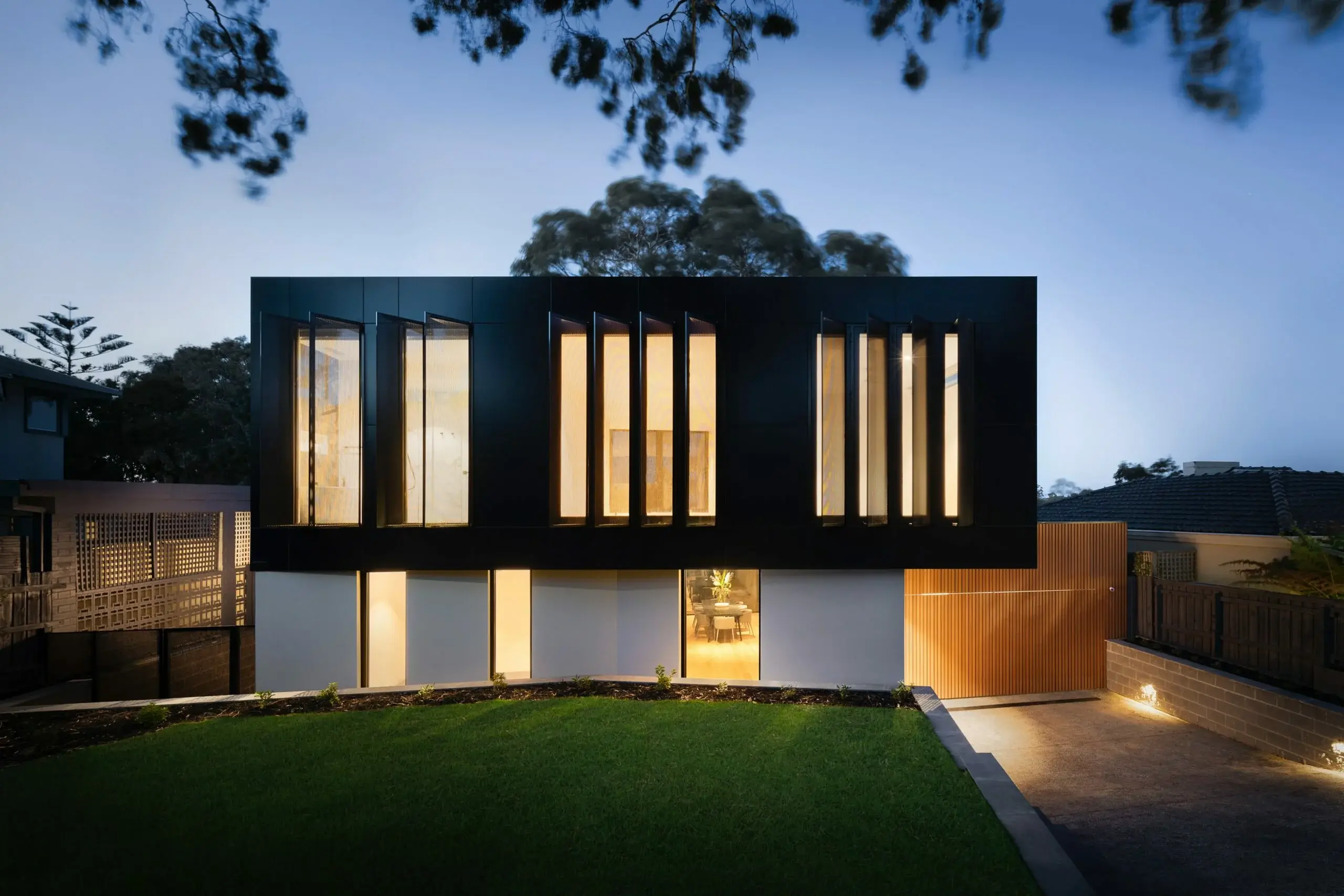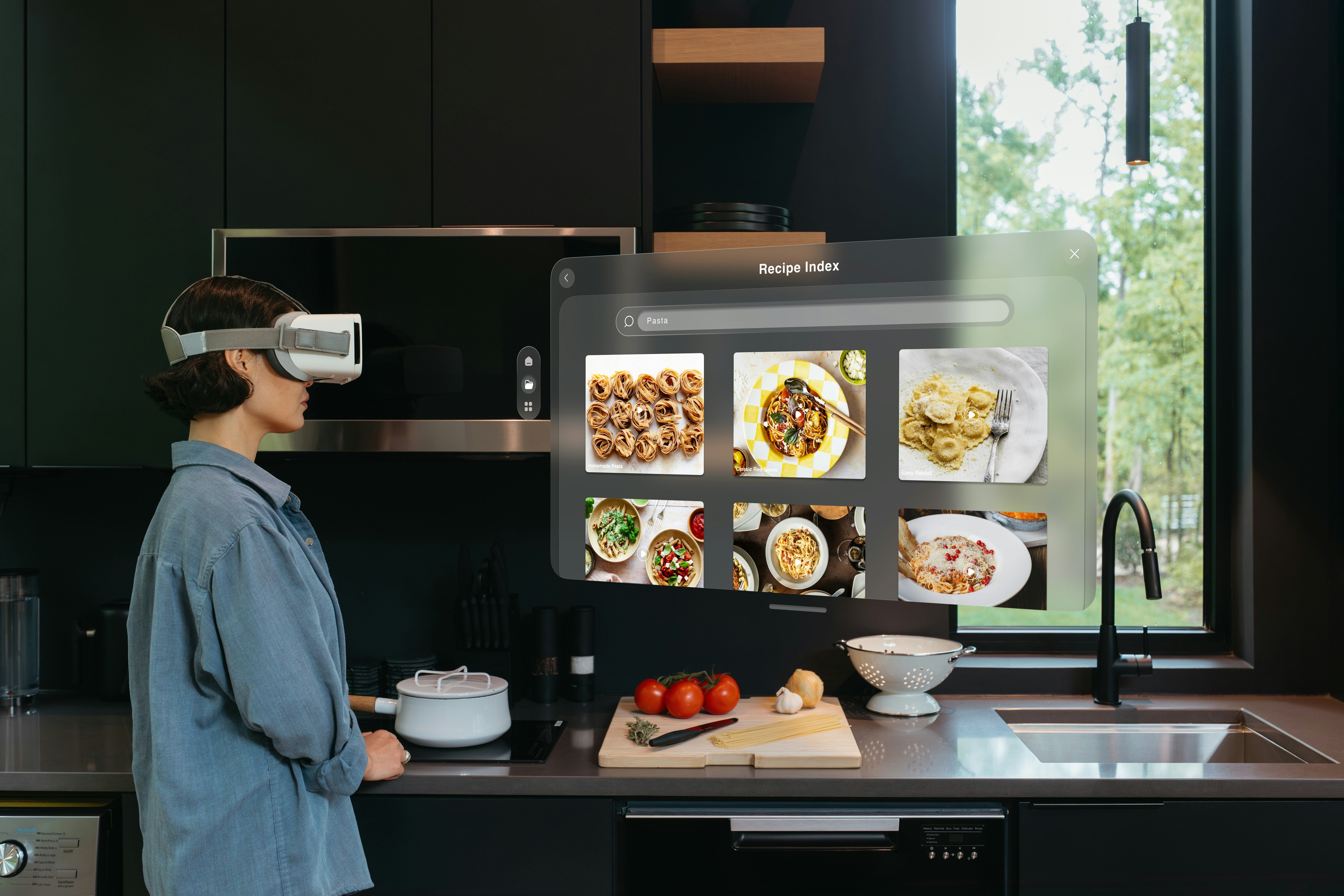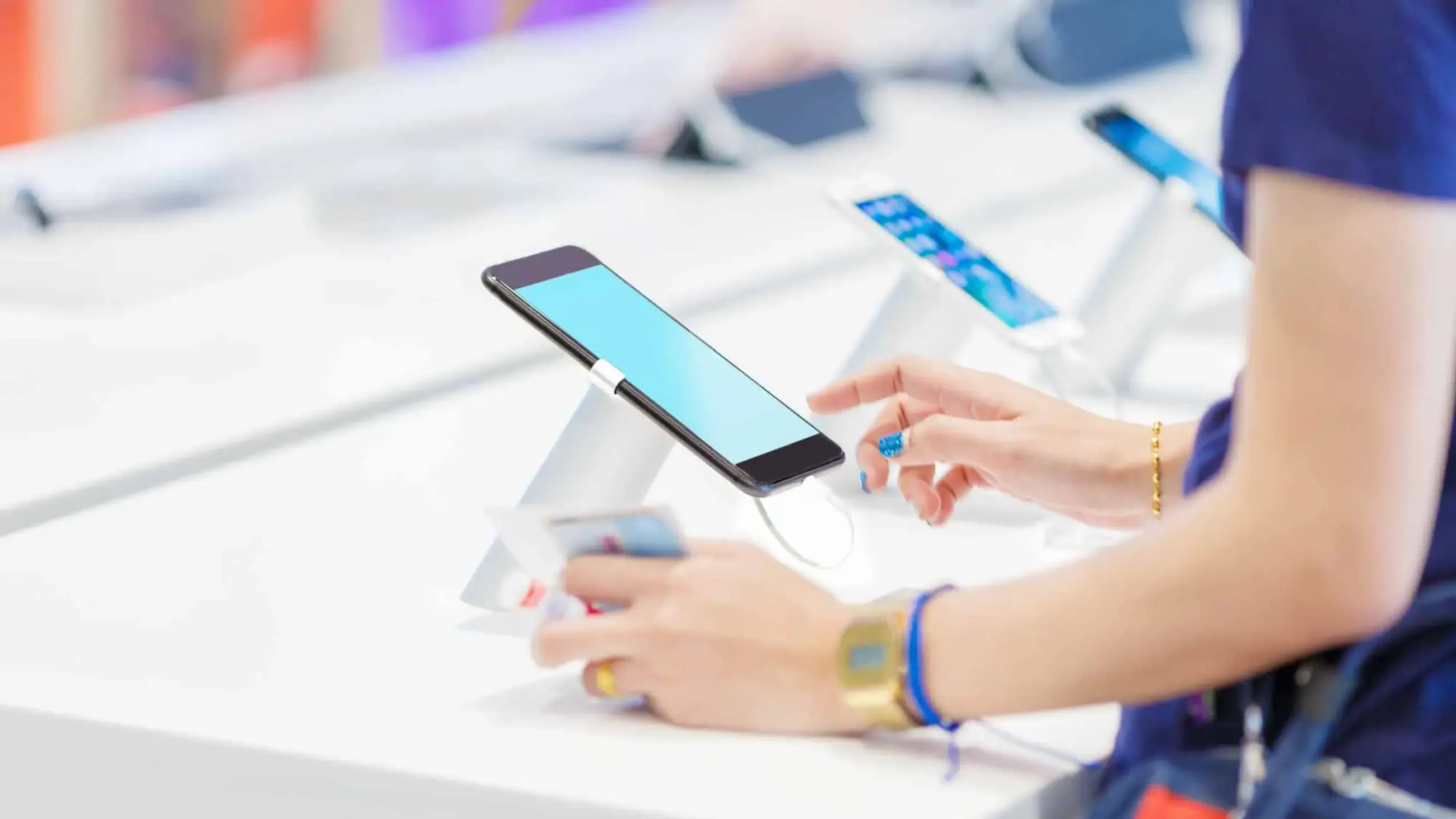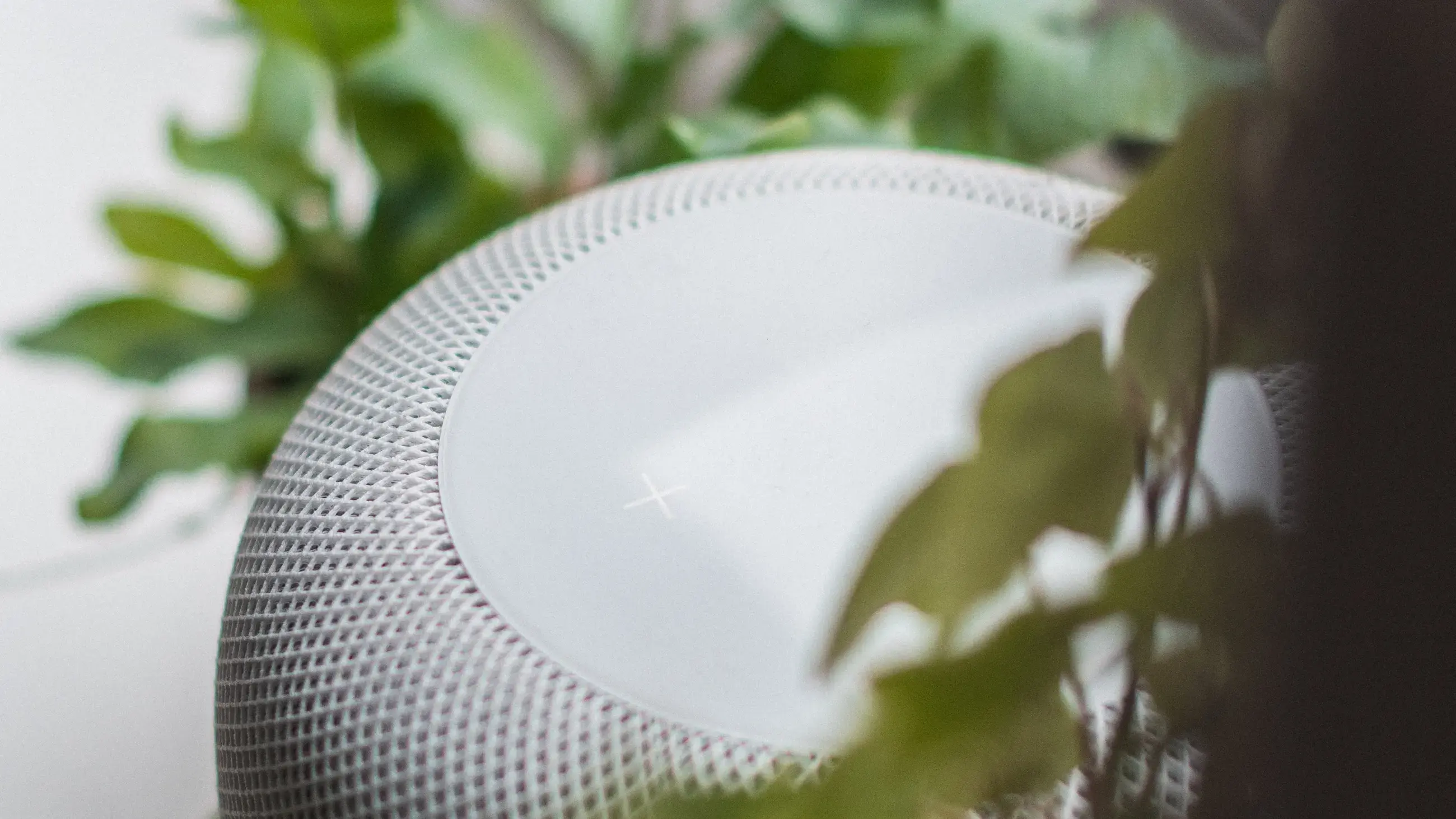This article is a summary of the key insight generated form Bryter's survey of UK and US household's, exploring what consumers think about connected home devices, their motivations for buying these products and what's holding back the greater adoption of smart technology for the home
You can access the full report and dataset via the download page here
Key takeouts
- The language of the category is confusing, effectively putting up barriers to adoption and excluding less technologically minded consumers. Smart home technology needs to feel more accessible.
- Data security is still an issue. Consumers are worried about being hacked, as well as how companies will handle and process the data from smart devices in their home. Smart home technology needs to feel more secure.
- Homes are not set up to be smart, as smart design is not being integrated into homes at the build phase. Homes need to be smarter.
- Smart home product categories are separate and disparate, each with its own app and identity. We don’t have a truly connected home, we have a dumb home increasingly filled with smart products that don’t work in harmony. Building a truly connected home is effortful and the preserve of the most techy people. Connecting devices together through a single platform doesn’t work yet. Smart home technology needs a unified ecosystem.
Ownership of smart devices for the home

Smart home devices* are now present in 54% of households in the UK and US, with penetration higher in the UK (59% of households) vs the US (49% of households). Looking across the wider category of smart devices including wearables, bluetooth speakers, headphones etc. penetration rises to 89%.
The general trend is that younger consumers (aged 18-34) have adopted the use of smart home technology more readily than their older counterparts (aged 55+). There are some exceptions to this such as smart meters which show the opposite trend, but generally the older you are the slower you are to adopt smart technologies.
* Smart home devices do not include voice activated speakers/assistants like Amazon Echo, Smart TVs, Bluetooth speakers, headphones or wearables. For more details on ownership and usage of smart technology check out our other connected home and connected device studies on the Bryter blog
What would encourage people to buy?

70% in the survey agree that connected security devices can make our homes safer, but 65% are worried about what happens to the data created by these devices, 61% are worried about privacy when using connected devices in the home, and 60% are worried that connected devices in their home would be vulnerable to hackers.
Plus, in a list of drivers that would make people more likely to buy connected home products, knowing that these products were more secure was the third highest mention, right after the cost of devices and knowledge that these devices could help save money in the long run.
Two thirds (66%) of the total sample express concerns about data sharing in relation to connected home products. But are these concerns real, and should we be worried? It would seem that as we adopt smart home devices our concerns start to diminish. Our survey data shows that the smarter we think our home is, the less we worry about the data security associated with these devices. But this doesn’t mean the problem goes away as soon as we start to own these products. More than half of those who think of their home as smart still have concerns about data sharing associated with these products.
Key takeout: The industry still has a job to do reassuring people about the security of smart home devices, their privacy and how their data is handled and processed.
Dumb home, smart devices

A more fundamental problem underpinning the industry is the nature of the home itself and how it is built. Most homes are not set up to be smart, so we are essentially retrofitting old homes to smartify them. This in itself is a complex task, and those who have truly integrated smart technology into their homes have had to expend the kind of effort and technical know-how that is beyond the reach of most consumers. Services have sprung up to help consumers convert their homes and make them smart, but this often involves a team of engineers coming out to rewire the home, instal new systems and a control pad. This can require significant financial investment for the homeowner for something that may become outdated and redundant technology within a few years.
So what’s the answer? Developers need to start thinking about smart technology at the design and build phase for one, but consumers also need access to an ecosystem that can unify their devices through a single easy to use platform. The current market is a landgrab, with the likes of Amazon and Google pushing hard to get their suite of products into our homes and Samsung having developed a ‘smart things’ app and platform, which allows the user to connect and control multiple devices through a single platform. All of these have their merits, but none of them have managed to unify the world of smart technology and create the truly connected home.
Conclusion
- We need to make smart tech for the home more accessible as a category. A greater focus on consumer needs and benefits is a good place to start rather than on the technology itself and its myriad technical terms. We also need to find a more common language that helps to unify smart tech for the home. For now ‘smart’ is not working.
- Consumers still need more reassurance about the security of connected devices and how their data is being handled and managed. Concerns around device and data security are acting as barriers to adoption of connected home devices. But the fact that these concerns diminish as people’s home become smarter shows us that they’re driven predominantly by irrational, rather than rational fears. Ultimately, the industry as a whole needs to do more to demonstrate that, not only are the devices themselves secure, but they can also be trusted in how they handle and process customer data.
- Smart home products are still perceived as expensive, and cost is still the number one barrier to ownership. Demonstrating that devices are affordable and offer a good return on investment by helping to save money in the long run can help to address some of these concerns.
- Matter has the potential to unify smart home devices and help the consumer move towards the truly connected home, but awareness of this platform is still relatively low, particularly amongst the older age groups. More needs to be done to raise awareness of this service and the potential it offers.
Read more
Access and download the full report what's holding back the connected home
Bryter is a leading insights consultancy specialising in smart technology and IoT research. Read about how market research and insights can can be used to understand audiences and help manufacturers successfully develop, test and market the next generation of smart devices




